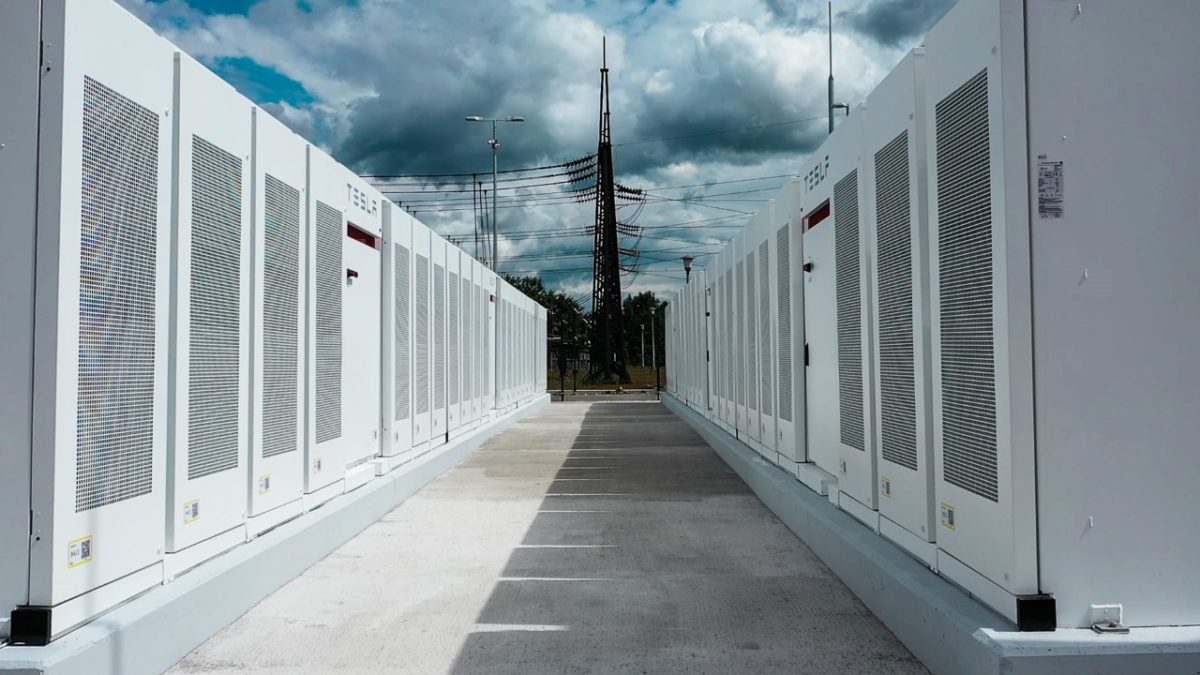The battery in a gas-guzzling car is usually a lead-acid device and the battery in a laptop is lithium-ion. The different chemistries offer unique advantages and disadvantages which make them more or less suitable for each application, which is why the industry prefers one type over another.
With grid-level storage just entering widespread use, that level of learning has not yet been made so developers still have to take car deciding which type of battery to use and researchers from China’s Tianjin University have attempted to help them.
The group examined lead-acid, lithium-ion, zinc-air, nickel/metal-hydrogen and sodium-sulfur batteries to assess their properties in terms of round-trip efficiency, specific energy and capacity, operating voltage, cycling life, self-discharge performance, cost, environmental impact and safety.
Leading the pack, according to the resulting study, were zinc-air batteries. In their findings, the researchers noted zinc-air devices had relatively high specific energy and capacity. With the chemistry based on zinc electrodes and free-oxygen fuel from the atmosphere, such devices also scored highly on cost, safety and eco-friendliness.
Downsides
Despite such advantages, the researchers pointed out, broad commercial roll-out of zinc-air batteries has been hampered by issues related to electrodes and electrolytes. “For example, air cathodes suffer from sluggish reaction kinetics due to four-electron oxygen reactions, which leads to low discharge voltages, high charge voltages and low energy efficiency,” the researchers wrote in their paper. The team also noted using alkaline electrolytes in zinc-air devices causes passivation and dendrite growth, significantly shortening battery life. Carbonation and water loss during charge and discharge cycling – caused by a half-open structure – are further obstacles to zinc-air roll-out.
Lithium-ion batteries came second in the grid-scale storage ranking. Such devices are already widely used in the industry and appeal as they offer high operating voltages, high efficiency and a very long cycle life. Concerns over raw material sourcing, costs and safety, however, are downsides for the industry’s current chemistry of choice.
Raw material sourcing
The Tianjin team noted, for lithium-ion batteries to be used at scale in stationary storage applications, optimal management of the battery and a sophisticated recycling route are required.
“Ni-MHs [nickel/metal hydrogen devices] demonstrate great promise in power grid applications due to their relatively high energy density, high specific capacity, long cycling life and environmental friendliness,” the team wrote about its third-ranked grid-scale chemistry. High costs and low energy efficiency, however, affected the technology’s rating. Such devices can be problematic, especially at lower temperatures.
Traditional lead-acid batteries, meanwhile, have a range of promising properties the team identified in terms of cycling durability and energy efficiency. On the downside, the use of lead is dangerous for human health and the environment and lead-acid devices do not perform well in terms of specific energy and capacity and operating voltage metrics.
Sodium-sulfur
Sodium-sulfur propped up the table in terms of desirability for large scale energy storage. Such devices have been used in small scale storage applications, the researchers wrote, and demonstrated good performance in terms of high efficiency, operating voltage and cycle life. What made them complicated to use in large scale storage was a comparatively high operating temperature, which raised safety concerns and would need to be managed, at more considerable effort than is the case with rival chemistries.
“Although a large number of battery technologies has been reported, the fabrication of low-cost, high-performance batteries with excellent power and energy densities, operating safety and cycle stability remains a great challenge,” the researchers concluded. “In-depth investigations of high-performance and novel battery systems are necessary. Many efforts, for example, to investigate high-performance potassium-ion batteries with relatively high energy density but lower cost, compared with LIBs [lithium-ion batteries], are ongoing.”
The team added, standardized methods of evaluating battery performance would be desirable as the researchers were forced to use the ‘rough set theory’ mathematical approach to come up with a method of scoring hard-to-compare data from differing battery chemistries extracted from their review of the existing literature. “Rough set theory expresses uncertainty and imprecision by a boundary region of a set,” stated the authors of the study. “The rough set refers to the process of topological operations, also known as approximations.”
Read the full research paper here.
This content is protected by copyright and may not be reused. If you want to cooperate with us and would like to reuse some of our content, please contact: editors@pv-magazine.com.




This report is really terrible and the assumptions massively flawed:
Zinc-air number of cycles: 400 – this is an absolute KO criteria which should see ZA excluded completely…
LIB safety 2: NMC/NCA yes, but not LFP or LTO
LIB cost: $1000/kWh – no way – ESS NMC/NCA around $500/kWh / UPS around €$1000/kWh
LIB self-discharge: 1% per day – NEVER – it is less than 1% per month
I think this is a mathematician applying some novel theory to incorrect information with zero expertise in developing a decision matrix.
I would have given consideration to iron/nickel ( Edison) batteries.
The most popular form of grid energy storage is pumped hydro by a huge margin
Hi Carl, Do you mean by volume of current deployed capacity, or based on another criterion? If so, please share it with us here.
I’m curious as to why Ambri batteries were not evaluated. From their website: “The liquid metal battery is comprised of a liquid calcium alloy anode, a molten salt electrolyte and a cathode comprised of solid particles of antimony, enabling the use of low-cost materials and a low number of steps in the cell assembly process.” I haven’t heard mention of their batteries in any articles and perhaps haven’t read far back enough.